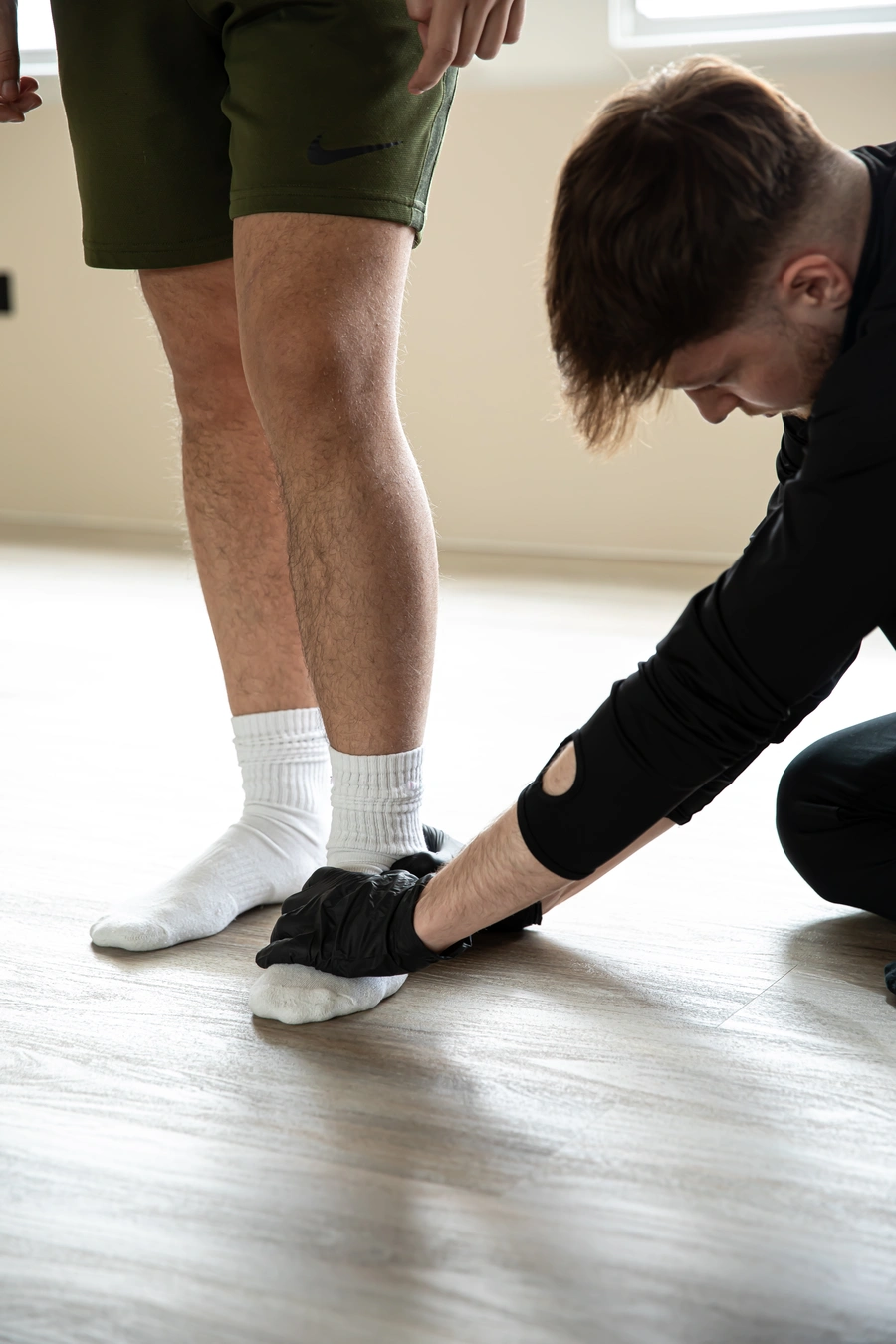Fibromyalgia

What is fibromyalgia?
Fibromyalgia is a chronic condition characterised by widespread musculoskeletal pain, fatigue, sleep disturbances, memory issues, and mood swings. Its exact cause remains unclear, but it’s believed to involve a combination of genetic, environmental, and psychological factors. Possible triggers or contributing factors include infections, physical trauma, emotional stress, or certain illnesses.
Assessment of fibromyalgia by a physiotherapist
Typically involves a thorough evaluation of the patient’s medical history, symptoms, and physical examination.
Physiotherapists may also assess various aspects such as muscle strength, flexibility, posture, balance, and gait to identify areas of dysfunction and develop a tailored treatment plan.


Treatment methods for fibromyalgia
Typically aim to alleviate symptoms and improve the patient’s quality of life.
Physiotherapy plays a crucial role in managing fibromyalgia and may include the following approaches:
- Exercise therapy: Structured exercise programmes tailored to the individual's needs can help improve muscle strength, flexibility, and overall physical function. Low-impact activities such as walking, swimming, or cycling are often recommended.
- Manual therapy: Techniques such as massage, joint mobilisations, and myofascial release may help reduce pain, improve circulation, and enhance relaxation.
- Education and self-management strategies: Physiotherapists provide education on lifestyle modifications, pacing techniques, stress management, and coping strategies to empower patients in managing their symptoms.
- Relaxation techniques: Methods such as deep breathing exercises, progressive muscle relaxation, and mindfulness meditation can help reduce stress and improve sleep quality.
- Modalities: Some physiotherapy modalities such as heat therapy, cold therapy, transcutaneous electrical nerve stimulation (TENS), or ultrasound may be used to alleviate pain and promote healing.
- Cognitive-behavioural therapy (CBT): CBT techniques can help address negative thought patterns, improve coping skills, and promote a more positive outlook on managing fibromyalgia symptoms.




